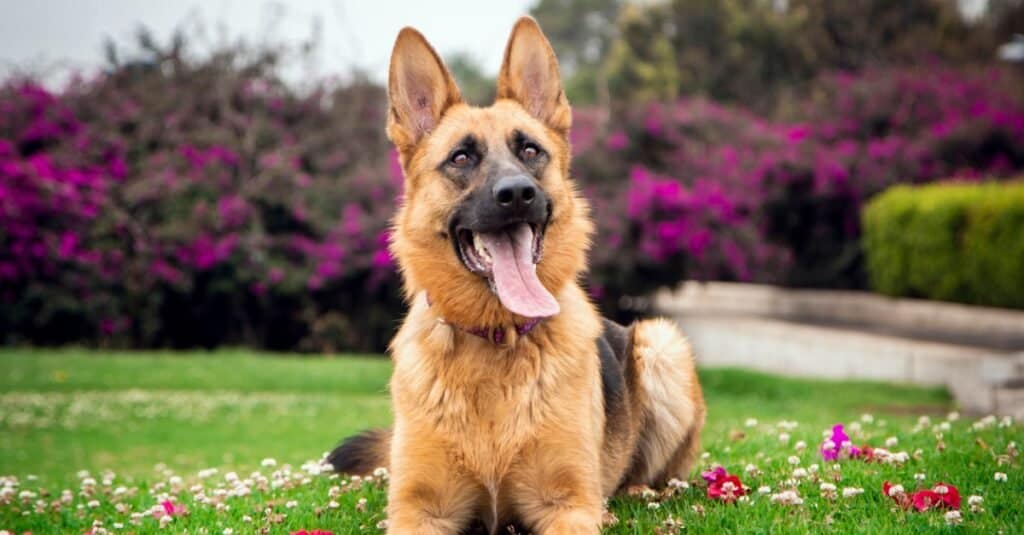
How to Brush a German Shepherd for Optimal Health
Share
Understanding how to brush a German Shepherd is crucial for maintaining their health and ensuring they look and feel their best. With their double-layered coat, German Shepherds require regular grooming to prevent matting and reduce shedding. This guide will provide a comprehensive overview of the best practices for brushing your German Shepherd, ensuring that your beloved pet remains in optimal health.

Why Regular Brushing Matters for Your German Shepherd
German Shepherds, as explained in Wikipedia, have a dense double coat that requires regular grooming. Regular brushing helps to remove loose fur, dander, and dirt, which can prevent skin infections and allergies. Additionally, it reduces shedding, which is a common concern among German Shepherd owners.
Brushing your German Shepherd is not just about aesthetics; it's about maintaining their overall health. Regular grooming sessions provide an excellent opportunity to check for any skin issues, such as hot spots, fleas, or ticks, which can be addressed promptly.
Choosing the Right Tools for Brushing
To effectively brush your German Shepherd, you'll need the right tools. A high-quality slicker brush and an undercoat rake are essential for removing loose fur from both the topcoat and undercoat. According to the American Kennel Club, investing in the right tools can make the grooming process more efficient and enjoyable for both you and your dog.
For more insights on the best brushes, check out best brushes for German Shepherds for an in-depth review of suitable grooming tools.
Step-by-Step Guide to Brushing Your German Shepherd
Step 1: Preparation
Before you begin, ensure that your dog is calm and relaxed. Choose a quiet area where you won't be disturbed. Gather all your grooming tools in advance to make the process smooth and efficient.
Step 2: Start with the Undercoat
Begin by using the undercoat rake to gently remove loose hair from your German Shepherd's undercoat. This is where most of the shedding occurs, so take your time and be gentle to avoid causing any discomfort.
Step 3: Work on the Topcoat
Next, use the slicker brush to groom the topcoat. This will help to remove any remaining loose fur and give your German Shepherd's coat a healthy shine. Be sure to brush in the direction of hair growth to prevent any pulling or discomfort.
Step 4: Pay Attention to Sensitive Areas
It's important to pay attention to sensitive areas such as the ears, belly, and tail. Use a softer brush or a grooming mitt to gently groom these areas, ensuring that your dog remains comfortable throughout the process.
Common Mistakes to Avoid
Avoid brushing too hard or using the wrong tools, as this can cause discomfort or even harm your dog's skin. Regular brushing is key, but over-brushing can irritate the skin and damage the coat.
For more tips on avoiding common grooming mistakes, explore German Shepherd grooming routine where experts discuss the best practices for maintaining a healthy coat.
Frequency of Brushing for a Healthy Coat
For optimal results, brush your German Shepherd at least two to three times a week. During shedding season, which typically occurs twice a year, daily brushing may be necessary to manage the excess fur.
Learn more about the shedding patterns and how to manage them effectively by visiting German Shepherd deshedding tools.

FAQ
How often should I brush my German Shepherd?
Brushing two to three times a week is recommended, but daily brushing may be needed during shedding seasons.
What type of brush is best for German Shepherds?
A combination of a slicker brush and an undercoat rake is ideal for effectively grooming a German Shepherd's double coat.
Can brushing help with allergies?
Yes, regular brushing can help reduce dander and loose fur, which can alleviate allergy symptoms in sensitive individuals.
For more detailed information on caring for your German Shepherd's coat, explore German Shepherd coat care in winter.
This article contains affiliate links. We may earn a commission at no extra cost to you.
